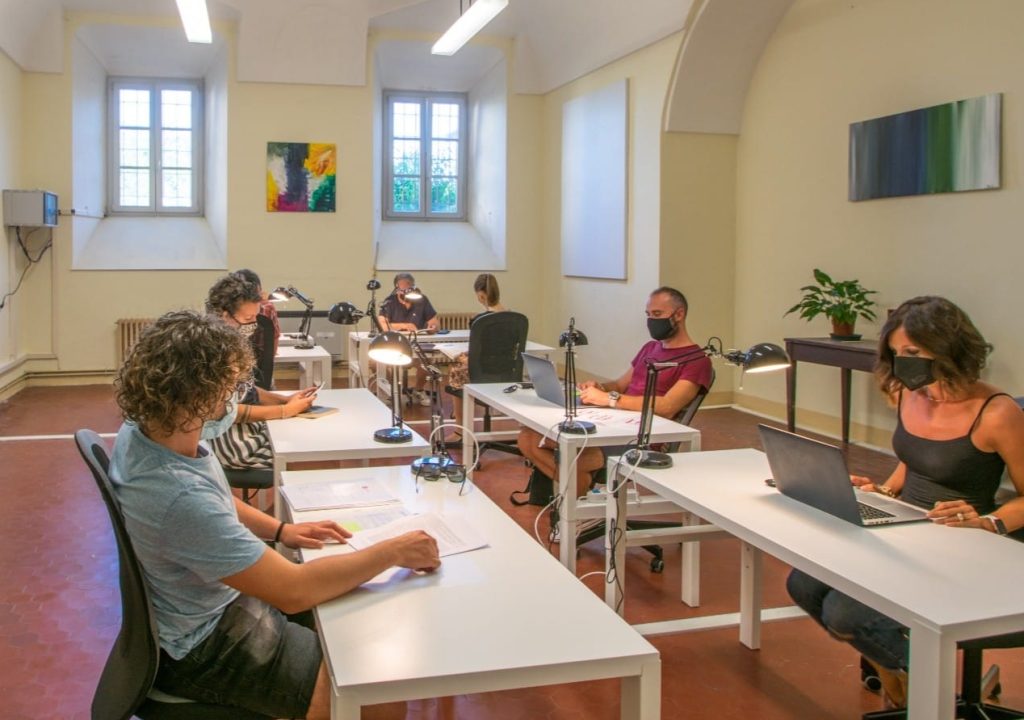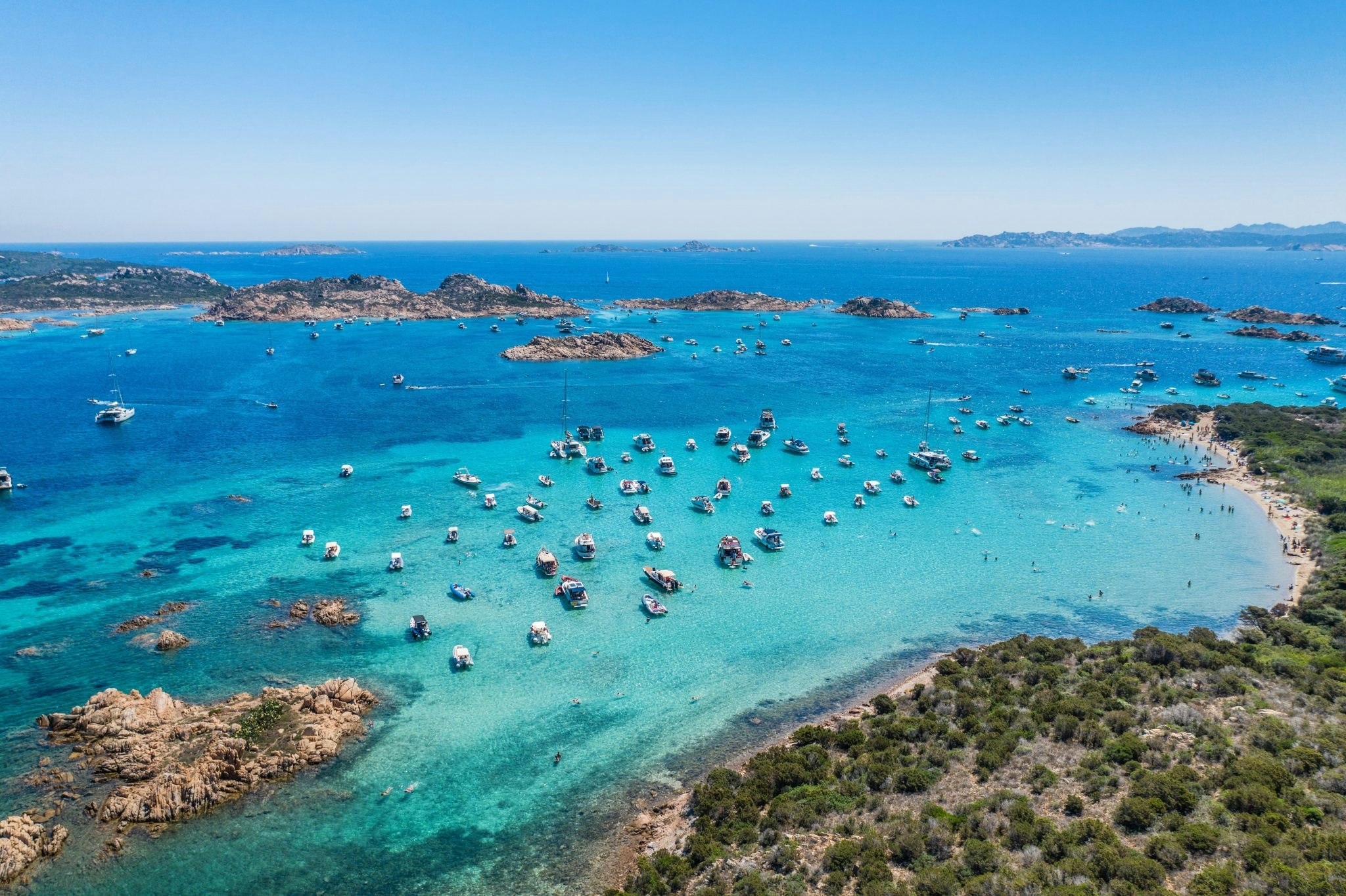Why are digital nomads criticizing Sardinia’s plan to attract new residents?
Since the pandemic hit and remote working exploded, many European countries are pushing digital nomadism to invigorate local economies with things like tax breaks and cheap visas.
But the Italian island of Sardinia takes a different approach.
The government is offering people a check for €15,000 to settle on its sunny shores. But there is a catch: interested parties must buy or renovate a house on the island, in a town of less than 3,000 inhabitants. The program is designed to revitalize Sardinian villages with shrinking and aging populations; the island has one of the largest number of centenarians in the world.
Sardinia’s attempt to attract private buyers to rejuvenate the island is an interesting plan, experts say, especially given the moves by other European countries to the same end. This may be the one backfiring on you.
“I think, ironically, the program will attract retirees rather than young people,” says Gonçalo Hall, remote working consultant and CEO of NomadX.
Countries like Spain have realized the benefits – or at least money – that digital nomads can bring to sparsely populated areas and offer digital nomad visas youo attract them. Meanwhile, the Portuguese island of Madeira, which is heavily dependent on tourismset up a digital nomad village last year to lengthen the tourist season and attract fresh blood to an otherwise sleepy community.
Will Sardinia’s cash offers then be enough to convince people to move to the island?
The problems
Hall thinks not. For him, there are glaring problems with the Sardinia regeneration project – namely, the fact that it tries to lure people into investing in property rather than attracting the real money makers: remote workers.
Individuals can receive up to €15,000 from the Sardinian government, but this must be spent on buying or renovating a house on the island. A total of 45 million euros have been earmarked for the project, the equivalent of 3,000 relocation grants.
The other possible snag is that beneficiaries must live on the new property full-time and register for permanent residency in Sardinia within 18 months of arrival. In short, this program is not for people who want to buy a vacation home on an island – nor for digital nomads who want to travel the country every few months.
While the amount of money invested in the project is impressive, Claudia Wild, global mobility specialist at Jobbical, which offers relocation services on a global scale, said the project is unlikely to persuade people to settle in Sardinia in the long term.
“Without basic non-monetary incentives and benefits (i.e. community, language learning opportunities, etc.), these plans will fall flat,” she says.
The community attracts newcomers
There are many examples of places with declining populations that have made great strides in rejuvenating their local economy and making their patch a vibrant place to live by creating attractive programs around remote work, Hall says.
Tulsa Remote is one of them. The mid-sized town in Oklahoma has created a one-year program that offers a $10,000 grant to eligible remote workers who wish to relocate and work from there. But the success of the project was not in the money offered, but in the community it created for newbies.
“For remote workers, it’s not just about moving, it’s about being integrated into a community,” says Hall, who created the digital nomad village in Madeira and offers housing assistance, access to a coworking space and a planning of social activities.
“You need to make sure that newcomers to an area have a network, with lunches and community events, because that’s what keeps people staying,” he says. Naturally, fast wifi and efficient transport links are also essential.
“Throwing money at people is not the right way to do it”
Places also need culture if they want to attract more permanent visitors, Hall adds. Lisbon and Porto, Portugal’s two largest cities, were quiet spots in 2008 – but now they’re global tourism hotspots. With the launch of the golden visa in 2012, Portugal eased immigration and attracted new people and investments to the country. It has rebuilt its city centers and invested money in art, museums and nightlife.
“I think Sardinia giving people money is not the right way to do it,” Hall concludes. “It is better to invest in culture, create communities and attract companies to organize retreats.
“Right now, I don’t see anyone moving to a village [in Sardinia] for €15,000 without the proper community structure. Honestly, why would you?
A less expensive model
— a full-stack developer who is part of a team of volunteers creating a remote work community in the small Tuscan town of Pontremoli — agrees that “money alone won’t convince anyone to move to a place with poor support, community and infrastructure.”

The community she helps manage has 16 remote workers, who are now long-term residents of Pontremoli, as well as a steady stream of digital nomads who come and go. It offers access to a coworking space, support services and a lively calendar of events.
Aside from the costs of a website and coworking furniture, the project had minimal setup costs — and membership for remote workers is free.
“This model can be replicated and improved quite easily,” adds Salaro, particularly in Sardinia where there is “decent infrastructure” near major cities, great weather and easy connections to Italy and the rest of Europe. Europe.
“We had no council funding or government funding. We are just a bunch of volunteers who are passionate about the community and in love with their city.
Attracting remote workers and digital nomads to small towns, villages or islands isn’t always a hugely positive thing. Sifted has spoken to many Madeira locals who say foreigners looking to buy property on the island are lobby on the housing stock. And many nomads choose to stay in their expat bubble rather than mingle with the local community.

This is why, says Salaro, good integration and good services are essential.
“In our experience, it’s important to have a cohesive local community. Thanks to local events and voluntary associations – in Pontremoli there are many – it is easier for “outsiders” to participate and get to know the local people and traditions.
Sardinia’s project may help freshen up its real estate – by attracting people with money looking to move to a sunny location – but it could miss a beat by failing to capture the young and digitally savvy.
Hall says he’s seen how remote workers can turn vacation destinations into thriving digital economies. Madeira, for example, has welcomed 7,100 nomads who have come to work on the island – some of whom have stayed for a long time – since the project was launched in February 2021. Up to 900 nomads come to the island each month, depending on the season, this which contributes 1 million euros to the economy, according to local government estimates.
Miriam Partington is Sifted’s DACH correspondent. It also covers the future of work, co-authors Sifted Startup Life Newsletter and tweets from @mparts_


Comments are closed.